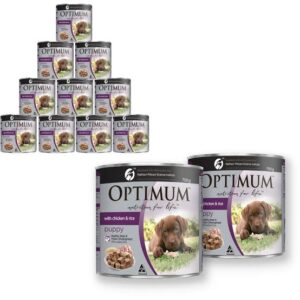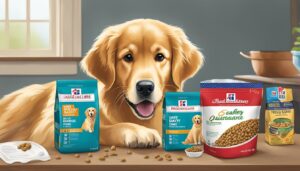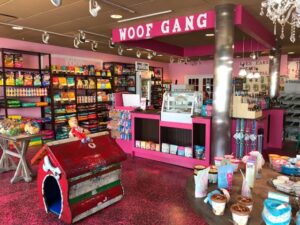Australian Cattle Dog
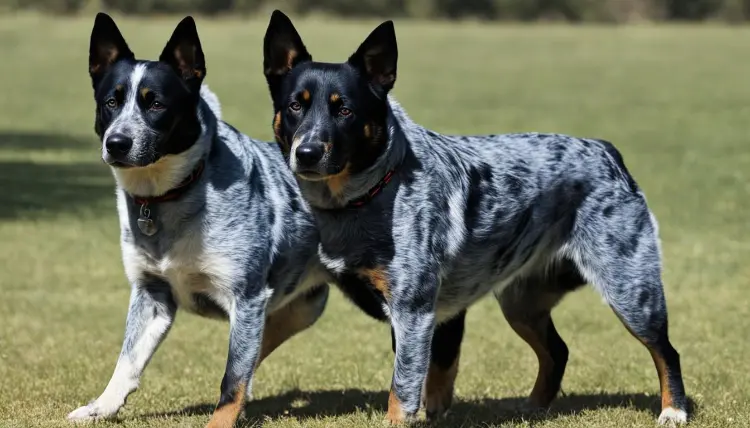
Australian Cattle Dog:- The Blue Heeler, also known as the Australian Cattle Dog, is a robust, medium-sized herding breed developed in Australia. This breed features a dense double coat with a thick undercoat and a short, weather-resistant outer layer. Renowned for their hard-working nature, intelligence, and loyalty, Blue Heelers were originally bred for farm work and excelled when they had a task to perform.
Daily exercise is crucial for the Australian Cattle Dog, who thrives on long hikes, jogs, and energetic games. They shine in herding activities and can also excel in agility, obedience, tracking, lure coursing, dock diving (where they leap from a platform into the water to retrieve an object), disc catching, and scent work.

The Australian Cattle Dog’s coat is dense but requires only occasional brushing to manage dead hair, which tends to accumulate during their two shedding seasons in fall and spring. These dogs are prone to hip dysplasia, so it’s important to feed puppies a large-breed formula that helps regulate their growth rate to minimize this risk. There is a common misconception that the roan coat color (a mix of the main color with white hairs) is a type of merle pattern (which features a marbling effect with dark patches on a lighter base). However, roans are distinct from merles and can be bred together without the risk of producing health-compromised double-merle puppies.
Blue Heeler Quick Facts
– Origin: Bred in Australia for cattle herding, Blue Heelers are a mix of dingos, Smithfield cattle dogs, and other herding breeds.
– Size: Males stand 18-20 inches tall and weigh 40-50 pounds. Females are slightly smaller at 17-19 inches and 35-45 pounds.
– Lifespan: 12-15 years
– Coat: They have a short, double coat that comes in blue or red merle. This coat provides protection from the elements and requires minimal grooming—bath only when needed.
– Temperament: Blue Heelers are known for their intelligence, energy, loyalty, and protectiveness. They generally do well with children but may be cautious around strangers. Early and consistent socialization is essential for good behavior with other dogs.
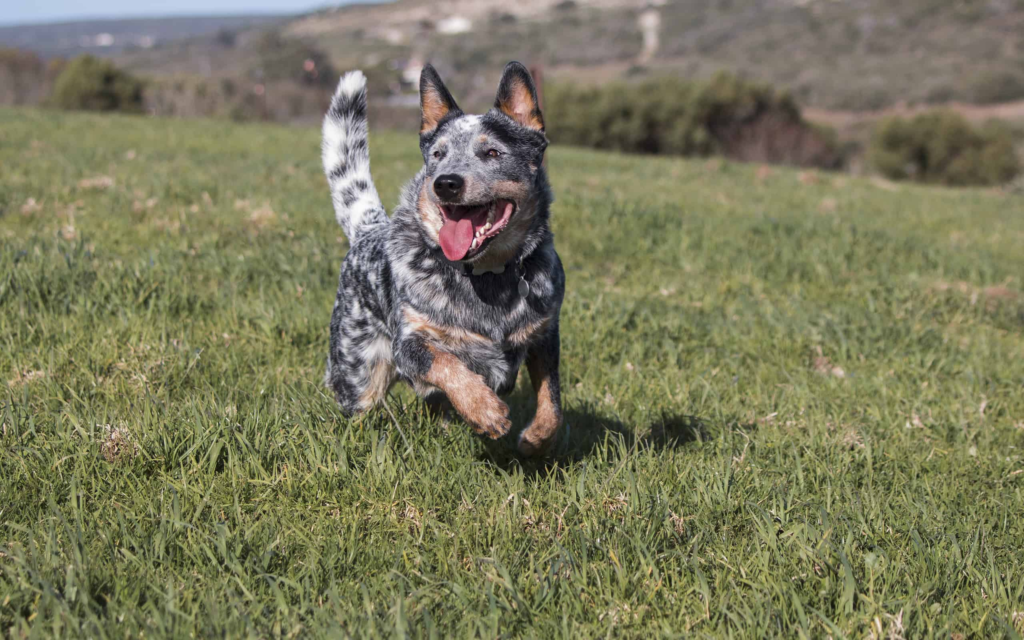
– Exercise Needs: They require substantial exercise—at least 2 hours daily. Ideally, this should be in a securely fenced yard or similar safe space. Indoors, they need plenty of toys and activities to stay engaged.
– Training: Blue Heelers are highly trainable and quick learners. They benefit from early and consistent socialization and are capable of mastering a variety of commands.
– Other Names: Also known as Blue Heelers, Red Heelers, or Queensland Heelers. The name “heeler” comes from their herding method, which involves nipping at cattle’s feet.
– Fun Fact: The children’s cartoon *Bluey* on Disney+ features a Blue Heeler family.
– Celebrity Connection: American actor Owen Wilson owns a Blue Heeler named Garcia.
– Unique Markings: Many Blue Heelers are born mostly white and develop their coloring as they grow. They often have a distinctive patch of white hair on their forehead known as the Bentley Star.
To estimate how much bigger your Australian Cattle Dog will get, consider these three factors:
1. Age: By their first birthday, Australian Cattle Dogs are generally close to their adult weight, though they may need another 6 to 12 months to fully develop their chest. If your pup is under a year old, they’re likely still growing and building muscle.
2. Paw Size: Oversized paws compared to their legs and body can be an indicator that your dog is still growing. While not a precise measurement, large paws are a common trait in puppies still in the growth phase.
3. Genetics: If you purchased your Australian Cattle Dog from a breeder, they may be able to provide a more accurate estimate of your dog’s mature size based on the size of the puppy’s parents and previous litters.
Are Australian Cattle Dogs Good for Families?
Australian Cattle Dogs are loyal and protective companions, making them devoted family pets. However, they may not be the best choice for households with very young children. Their strong herding instincts, dominant personalities, and reactive nature can be challenging for young kids who may not know how to interact with them properly.
Every dog has its own temperament when it comes to children—some are naturally gentle, while others may prefer to keep their distance. With the right training and early socialization, Australian Cattle Dogs can become excellent family members, thriving in a well-managed environment.

How to Choose a Blue Heeler Puppy
If you’re eager to bring a Blue Heeler Australian Cattle Dog into your life, there are a few important factors to consider. Finding an ethical breeder is crucial for ensuring you get a healthy and well-adjusted puppy.
Here’s what to look for when selecting your Blue Heeler puppy:
1. Health: A healthy puppy will have clear eyes and ears, a shiny coat, and overall vitality. Be sure to observe these physical signs to gauge your puppy’s well-being.
2. Temperament: Your puppy should exhibit a friendly and curious nature. Avoid puppies that appear overly fearful or aggressive, as this may indicate poor treatment or health issues.
3. Breeder Reputation: Opt for a breeder who is registered with a reputable organization like Dogs New Zealand. They should provide health clearances for the puppy’s parents, demonstrating that they have been tested for common genetic conditions.
By focusing on these key aspects, you can increase your chances of finding a healthy and happy Blue Heeler puppy.
Care
The Australian Cattle Dog is not one to fuss over grooming. With its practical double coat, the fur is short, sleek, and low in oil. A quick brush with a short-bristled tool once a week keeps him looking sharp. He generally maintains a pleasant scent, but a bath every couple of months can help if he gets particularly dirty.
Twice a year, typically in spring and fall, this breed experiences heavy shedding as it “blows its coat.” During these periods, more frequent brushing and combing—several times a week—are necessary to manage the loose, dead hair.
Ongoing care includes regular dental hygiene to ensure healthy teeth and gums, fresh breath, and frequent nail trims, especially when he’s a puppy. Weekly ear inspections are also important for cleaning and removing earwax.
Also Read:-
